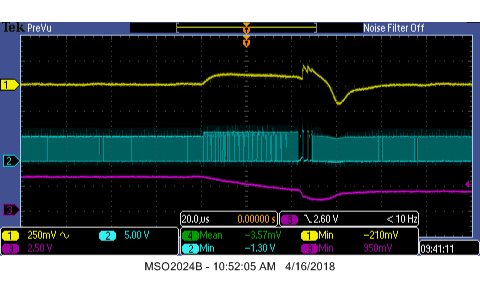Hello,
I had created the same post (with same title) sometime earlier, not able to update as the post is locked, creating a new one.
I am still facing the same issue. I have added some additional reverse voltage protection on the output of the regulator thinking reverse voltage is creating the issue, but I am still facing the same issue. Need some support on the same on priority.
Regards,
Avinash Aravindan


